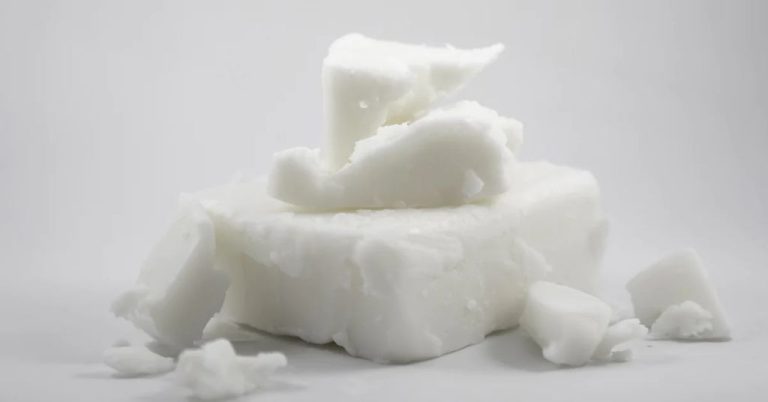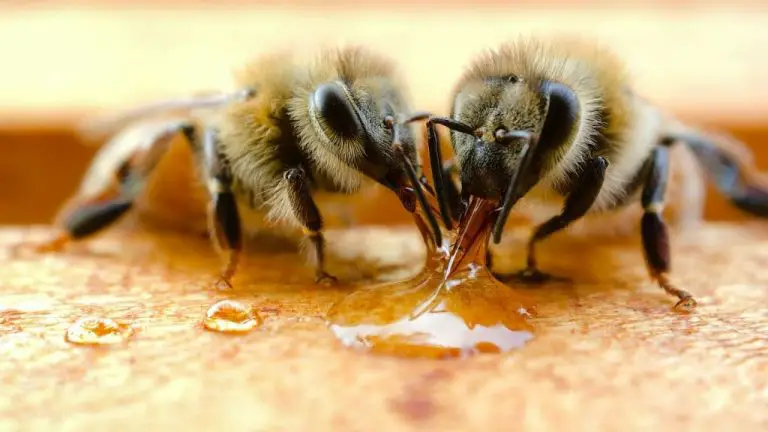How Do You Increase The Melting Point Of Wax?
Wax is a non-metallic substance made of organic compounds that is solid at room temperature but melts to a low viscosity liquid when heated. The melting point of a wax refers to the temperature at which the wax transitions from a solid to a liquid state.
There are several methods that can be used to increase the melting point of a wax. Some of the main approaches include:
- Adding harder waxes with higher melting points
- Increasing the crystallinity of the wax
- Using additives to raise melting point
- Hydrogenating the wax
- Choosing an appropriate container
- Storing the wax properly
Adding Harder Waxes
One way to increase the melting point of candle wax is to add small amounts of harder waxes that have higher melting temperatures. Some common waxes and their melting points are:
- Beeswax: 144-149°F (62-65°C) (Source)
- Soy wax: 113-127°F (45-53°C) (Source)
- Paraffin wax: 115-142°F (46-61°C) (Source)
Beeswax has the highest melting point, followed by paraffin wax, then soy wax. By mixing a small amount of harder wax like beeswax or paraffin into soy wax, the melting point of the blended wax will increase. The more beeswax or paraffin added, the higher the melting point will become. But too much harder wax may alter the desired properties of the soy wax, so no more than 10-15% harder wax is recommended.
Increasing Crystallinity
One way to increase the melting point of wax is to increase its crystallinity. This can be achieved by controlling the cooling process to allow slower crystallization, which results in larger crystal formation. According to research, adding nucleating agents can also increase wax crystallinity by providing seeds for crystal growth during cooling. For example, one study found that adding 0.5% polyethylene to paraffin wax increased its melting point from 53°C to 57°C (source: https://patents.google.com/patent/JP3411572B2/en). The increased order and size of the crystal structure makes the wax more resistant to melting.
Using Additives
One method to increase the melting point of wax is to use additives. Additives are materials that are blended into the wax to modify its properties. Some common additives used to raise melting point include:
Powders like clay or titanium dioxide – These fine powders increase viscosity and intermolecular friction, making it more difficult for the wax molecules to slide past each other and raise the melting point. According to Wax Additives: Everything Candle Makers Need to Know, titanium dioxide can increase melting point by up to 20°F.
High melting point oils or polymers – Adding a small amount of higher melting point waxes or oils, like beeswax or microcrystalline wax, can blend with the base wax to increase the overall melting point. According to Learn about Candle Waxes and Additives, Vybar 103 polymer additive raises melting point significantly.
The key with additives is to find the right balance – too much can make the wax brittle or opaque. Most recommend limiting additives to 5-10% of the wax by weight.
Hydrogenation

Hydrogenation is a chemical process that increases the degree of saturation in waxes by adding hydrogen. This converts double bonds between carbons into single bonds, resulting in a more saturated compound. According to Patel et al. (2001) from the National Institute of Health, hydrogenation increases the melting point of waxes because it increases crystallinity and intermolecular attractions. The process requires specialized equipment and conditions, such as a catalyst like nickel, high temperatures around 150°C, and high hydrogen pressure. Overall, hydrogenation produces waxes with higher melting points by increasing saturation.
Choosing Container
The type of container used to hold wax can impact its melting point. Metal containers like aluminium or steel will conduct heat more efficiently than plastic or glass. This means wax in a metal container may melt faster when heated. However, metals with surface coatings like anodization or enamel may have reduced heat transfer.
Plastics like PET and PP will insulate the wax more than metals, potentially increasing the melting point slightly. However, some plastics can melt or leach chemicals when heated, contaminating the wax. Glass provides good insulation but can be prone to breakage when molten wax expands.
According to a patent filed by General Electric, certain wax container materials can increase the effective melting point by up to 25°F (https://patents.google.com/patent/US4071943A/en). The optimal container choice depends on the specific type of wax and its intended applications.
Storing Properly
Proper storage is crucial for maintaining the melting point and quality of wax over time. Exposure to excess heat, light, oxygen, moisture, or volatiles can cause the wax to bloom or degrade.
According to the Wax Storage and Handling Supplement to MSDS, bulk wax should be stored in cool, dark, low-humidity conditions. They recommend maintaining storage temperatures 10-15°F below the wax’s melting point. For example, paraffin wax with a melting point of 135°F should be stored below 125°F. Low temperatures help prevent bloom formation and slow down oxidation reactions.
Wax drums and boxes should be kept sealed and not exposed to rain, condensation, or other moisture sources which can cause hazing and cracking. Volatile solvents and other chemicals should also be stored separately. Proper first-in, first-out (FIFO) inventory management ensures fresh wax is being used while older stock does not linger.
With ideal storage conditions, the melting point and performance of waxes can remain stable for 1-2 years or longer before gradual degradation occurs. However, wax that blooms or oxidizes can experience a significantly reduced melting point along with other quality issues.
Testing Melting Point
Accurately measuring the melting point of a wax is important for quality control and predicting how a wax will perform in various applications. There are standardized methods for determining wax melting points such as ASTM D87 drop point testing. In the drop point test, wax samples are heated at a controlled rate and the temperature at which the first drop of melted wax falls from the sample is recorded as the drop melting point 1. This provides a precise melting point value that can be compared across different waxes and batches. Other common methods include capillary melting point testing and slip melting point testing. Standardized testing methods are critical for obtaining consistent, reproducible melting point values. The results allow manufacturers to verify material properties and end-users to select the optimal wax for their needs based on melting point specifications.
Example Recipes
Soy wax’s melting point can range from 125-135°F, making it suitable for container candles but less ideal for pillars or votives. You can customize soy wax’s properties by blending it with other waxes. Some recipes for higher melting points include:
Add 15-20% beeswax to raise soy wax’s melting point to 140-150°F, creating a harder pillar or votive wax. Beeswax has a natural melting point around 145°F.[1]
Mix 20% paraffin wax with 80% soy wax to boost melting point to 130-140°F. Paraffin on its own melts around 130°F.[2]
Adding microcrystalline wax can raise soy’s melting point to 140°F or more, creating a smooth, hard pillar wax. Microcrystalline melts around 150-170°F.[3]
Customize wax properties like melting point, hardness, and texture by experimenting with different wax blends and ratios. Always test mixtures to ensure proper melting, adhesion, and burning.
Conclusion
In summary, there are several effective methods to increase the melting point of wax. Adding harder waxes like beeswax or paraffin wax can raise the melting range. Increasing crystallinity through proper cooling and storage solidifies the wax structure. Using additives like Vybar or high-melt point microcrystallines also works to elevate melting points. Hydrogenation and choosing an appropriate container helps slow melting as well.
Raising wax’s melting point has many benefits for practical applications. Candles made with higher melt point waxes burn longer and brighter. Wax blends resist slumping and retain shape better in high temperature conditions. Coatings, polishes, and lubricants made with waxes that melt at higher temperatures can withstand more heat without failing. Overall, increasing melting point expands the scenarios and uses where waxes can viably perform.





